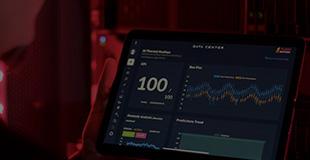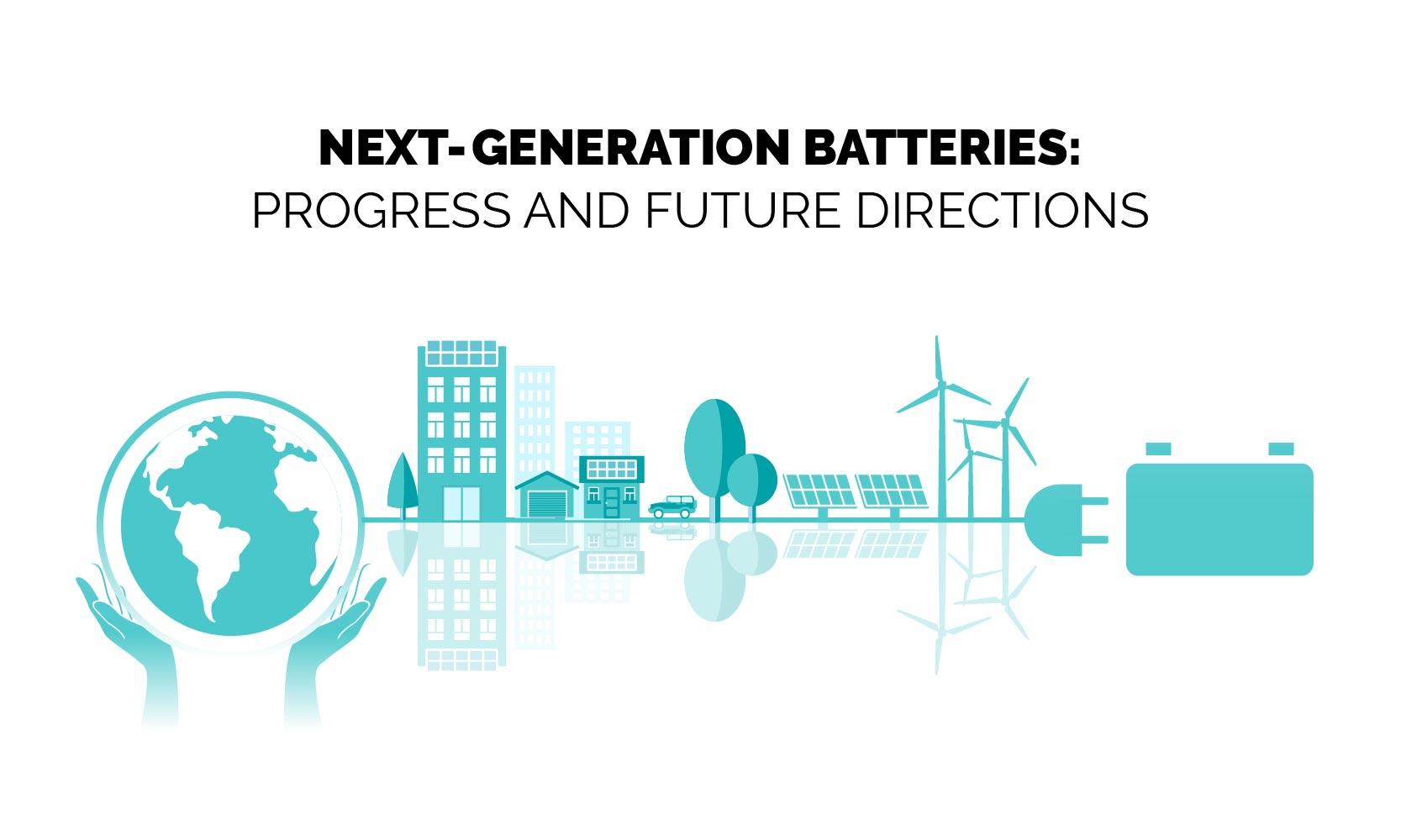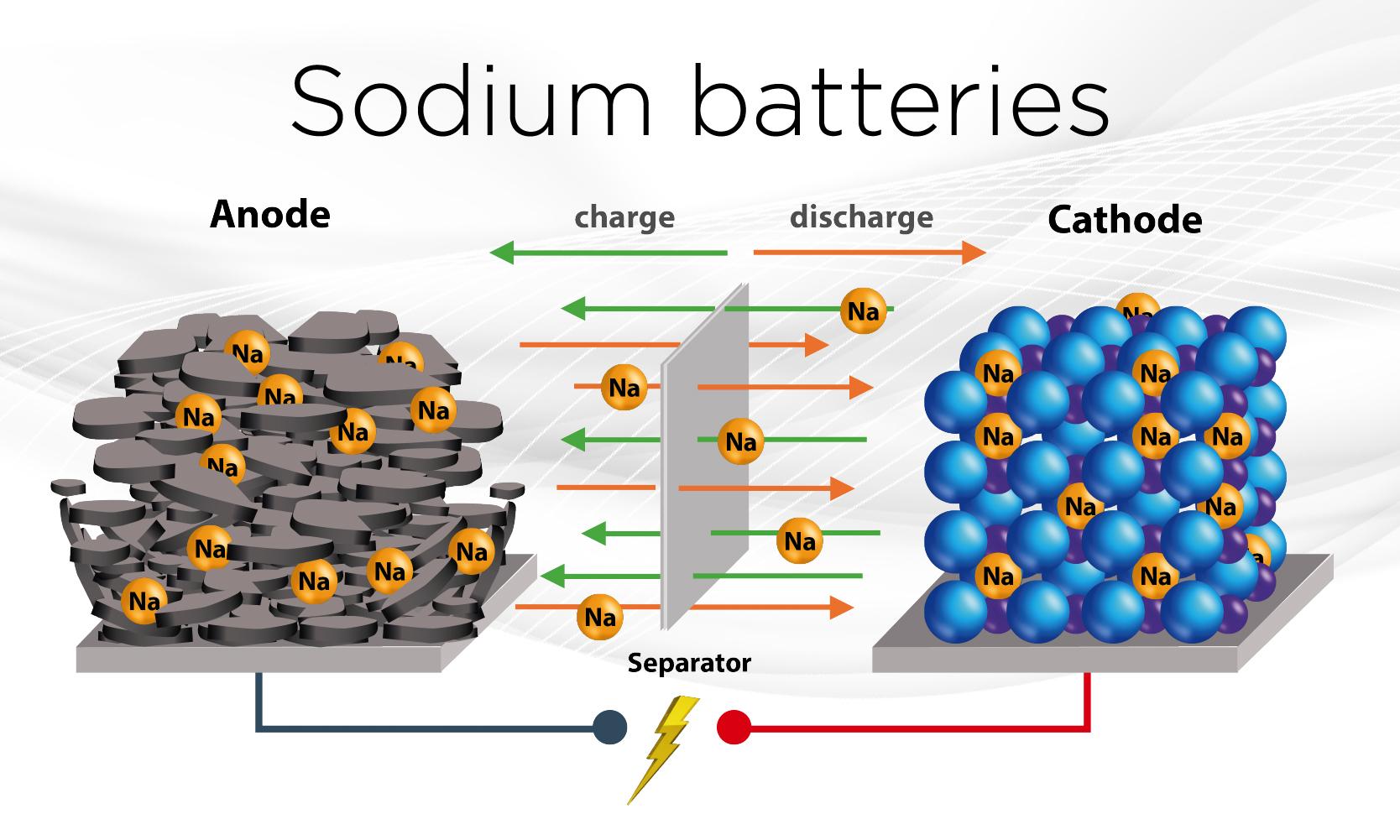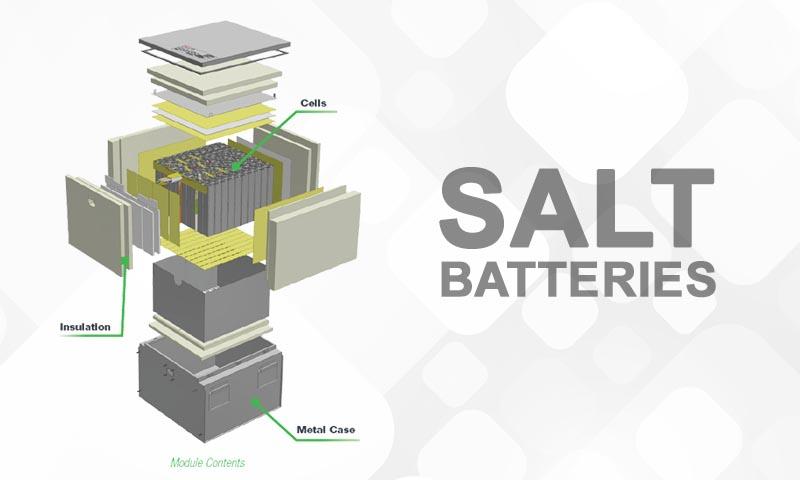The role of hydrogen in our future energy supply: benefits and limitations of a green challenge
20 December 2023

In nature, there’s an ultra-light element that allows the stars to sparkle and keeps the sun shining. It’s the same element that nowadays is considered one of our main allies in the process of decarbonisation according to European target to reach net zero emissions by 2050.
We’re talking about hydrogen; a colourless, odourless gas, and one of the lightest and most abundant elements that make up matter.
We’ve often talked about it as part of Battery Weekly, the LIVE weekly Flash Battery programme which, every Monday at 6pm, dives into the latest news related to batteries, electrification and energy through the opinions of three industry experts: the CEO and CTO of Flash Battery, Marco Righi and Alan Pastorelli, and the President of eV Now!, Daniele Invernizzi.
Let’s discover more about the hydrogen energy carrier, which is being counted on to help tackle the climate crisis, and together we’ll look at the benefits and main issues related to its widespread use.
Hydrogen is one of the simplest and most abundant elements on the planet and within the solar system, making up around 90% of the visible universe, mainly in its gaseous form.
The characteristic that makes it a real alternative clean fuel is that, when combined with oxygen during combustion, it produces only water vapour as a waste product. Indeed, it is the only fuel, whether it is used in heat engines or fuel cells, that doesn’t produce polluting emissions, but simply water. This is the major difference between hydrogen and hydrocarbons which, being made up of hydrogen and carbon, release carbon dioxide and other gases that are harmful to human health and the environment when combined with oxygen during use.
However, on Earth this element is rarely available in nature in its free and molecular state (H2) because it is found almost exclusively in combination with other chemical elements, for example, in water (H20) or in hydrocarbons, comprising hydrogen and carbon (e.g. methane, CH4). Furthermore, given that hydrogen gas is highly reactive on contact with air, it is difficult to find natural sources of pure hydrogen on the Earth’s surface.
To produce hydrogen, therefore, it is necessary to separate it from the elements it is combined with, a process that requires energy. Given that this element isn’t available alone in nature and that another type of energy is required to produce it, hydrogen is considered an energy carrier capable of storing and subsequently transferring energy.
Although hydrogen is considered clean energy at its point of use, its production is not without impacts on the environment. There are currently several ways of producing hydrogen, but they don’t all have the same environmental impact, with some producing more emissions than the others.
Although it is a colourless gas, the methods for producing hydrogen are, by convention, associated with different colours, which classify the level of environmental impact.


Today, there are 4 main colours associated with hydrogen, based on the production process used:
White hydrogen
White hydrogen, as it is known, is found in natural deposits deep within the Earth’s crust. These deposits, however, are not sufficient to meet the global demand for this technology. In this case, the environmental impact of the element comes from the invasive and costly extraction methods.
Grey hydrogen
Grey hydrogen is obtained via steam methane reforming (SMR) or the steam reforming of other hydrocarbons. This process uses the reaction between steam and methane at very high temperatures to produce hydrogen. Currently, this method is used to produce around 48% of global hydrogen supplies. The chemical reaction involved generates carbon dioxide (CO2) as waste product, releasing on average more than 9 kg of CO2 into the atmosphere for each kg of hydrogen produced.
There is a similar production process starting from other fossil fuels, such as coal, in the case of brown hydrogen. This a well-established and widespread process which, however, generates even higher levels of CO2 emissions; around 20 kg of CO2 for each kg of hydrogen produced.
Blue hydrogen
The process for producing blue hydrogen is the same as that used to produce grey hydrogen, but with one key difference: part of the CO2 emissions produced during the process is captured, stored and not directly released into the atmosphere.
Green hydrogen
The method used to produce “green hydrogen” has the lowest environmental impact. In this production process, hydrogen is obtained via the electrolysis of water, i.e. electricity is used to separate water (H2O) into its constituent elements: hydrogen and oxygen. This occurs through an electrolyser which, if powered by renewable energy, produces 100% zero emissions hydrogen.
Today, green hydrogen is considered a real option for decarbonisation and, in particular, given its significant potential and reduced environmental impact of its combustion, it has been identified by the European Union as a key element towards the reduction of CO2 emissions by 2050 as set out by the European Green Deal. In this regard, the EU, which is very focused on the path towards Net Zero (indeed, in 2022 the EU battery regulation was introduced ), has presented an ad-hoc strategy to encourage the use of green hydrogen in all Member States, with the aim of accelerating the production of green hydrogen from renewables.
According to the latest International Energy Agency (IEA) report, today around 75 million tonnes of hydrogen are consumed every year in the European Union, representing 2% of the total energy mix. However, it is important to underline that around 95% of production of this hydrogen is obtained via fossil fuels.
Therefore, encouraging the exclusive use of green hydrogen, produced via renewable energy, could bring a significant contribution to reducing air emissions, positively influencing the path towards Net Zero by 2050.


…but there are still some problems to overcome: the cons of green hydrogen
Hydrogen is a highly reactive and flammable gas, properties that require care and controls during production, storage and transport.
At the moment, there is no adequate infrastructure network to be able to guarantee its safe distribution, making the widespread diffusion of this technology more difficult. In the initial stage, the problem can be overcome by taking advantage of existing connections, thus allowing hydrogen to be used directly where it is produced. Over the longer term, however, in order to respond satisfactorily to demand, it would be necessary to develop new efficient networks.
The price factor cannot be overlooked either: the use of hydrogen requires complex and costly systems. Facilities for the production of green hydrogen are still not financially competitive compared with traditional plants, discouraging the adoption of a greener production process.
Moving onto the technical aspects, the main limitation to the use of hydrogen today is its low efficiency. A limitation driven by the fact that to obtain energy starting from hydrogen involves a significant dispersion of the energy itself, above all during production, storage, transport and conversion to kinetic energy in vehicles.
If we imagine a line where the extremes represent environmental impact and energy efficiency, we find fossil fuels at one end (high impact, low efficiency) and renewable electricity with direct use or battery storage at the other (low impact, high efficiency). Hydrogen is located somewhere in the middle, representing a compromise between low environmental impact and low efficiency. In the case of green hydrogen obtained from sustainable energy sources, given its low environmental impact, it is positioned closer to renewable electricity.


Graph representing the efficiency and impact of various energy sources
“Renewable energy, such as that generated by solar panels and wind farms, isn’t without costs, especially in the technology production stage. Until we are completely self-sufficient through renewables, it is therefore vital to use them wisely and responsibly, avoiding waste and maximising energy efficiency. So, using green hydrogen in those sectors where batteries could meet demand is not currently the ideal solution.”
The question of the low efficiency of hydrogen as an energy carrier is particularly important in the mobility sector, as it directly influences its widespread adoption. In practical terms, the overall efficiency of a hydrogen system is often lower than more established alternatives such as battery-powered electric vehicles.
When powered by battery, vehicles directly use the electrical energy derived from the battery. On the other hand, when hydrogen is used as the carrier, it is not used directly because it first needs to be converted into electrical energy to power the engine.
This technology, which produces electricity using hydrogen gas to power an electric motor, is known as fuel cell technology. In this process, energy is converted twice: first to produce the hydrogen and then to produce electrical energy. With each step, therefore, there are efficiency losses: during the hydrogen production process via electrolysis and, subsequently, during storage and transport. Finally, a further part is lost when the hydrogen is converted into electricity to power the motor.
Hydrogen-powered vehicles reach on average efficiency levels of between just 25% and 35%. For vehicles powered only by battery, on the other hand, the percentages are completely reversed: only a minimal part of the energy is lost during transport, before storage, arriving at an overall efficiency of as much as 90%.
Although the environmental benefits are almost the same, the use of green hydrogen for light road transport is less advantageous than electric power. The availability of a widespread charging network and the lower costs of charging make electrical charging cheaper than hydrogen refuelling. Electric vehicles can also benefit from the presence of established transport and distribution infrastructures, which still have to be set up in the case of hydrogen.
A further difficulty lies in the transport of hydrogen to refuelling stations to supply cars. Indeed, it is a difficult gas to handle due to its low energy density, which requires high-pressure compression (from 350 to 700 bar) for storage in sufficient quantities to refuel a vehicle.


*[Fig.1]
Hydrogen could play a vital role in the heavy transport sector, such as maritime transport and aviation, where the distances covered are very long. For these types of applications, it is not currently an option to consider battery-powered electrification, given that very large and very heavy packs would be required, preventing its implementation.


Hydrogen offers the benefits of a more compact system with fast refuelling times and the ability to travel long distances. This is possible because hydrogen is the element with the highest energy density per unit of weight, making it particularly suited to long-distance and heavy goods transport.
Furthermore, when the production of renewable energy leads to a surplus, another area of application where hydrogen could bring significant benefits is seasonal storage, thanks to its role as an energy carrier.


Indeed, an increase in electricity production from renewables such as solar and wind power will give rise to the need to store the energy generated during periods of increased production, to then be used during the rest of the year. While the daily variability in solar and wind generation can be managed using batteries, the contrasting seasonal variability can be dealt with by storing hydrogen in the subsoil in summer for use in the winter months when solar power generation is lower
Hydrogen is a real clean energy option and is considered a promising energy carrier for sustainable mobility in that it offers the possibility of zero emission vehicles and a solution for reducing the dependence on fossil fuels. However, despite its potential, there are still many challenges to overcome, including the reduction of production costs, the development of suitable infrastructures and resolution of the problems related to hydrogen storage and distribution.
We also need to consider that only green hydrogen, produced from renewables, offers a real response to emission reduction. In fact, when not generated from clean energy sources, hydrogen production costs less but is more polluting, with a significant environmental impact.
From a technological viewpoint, the low energy efficiency is a negative compared to batteries for some sectors. Therefore, it is vital to tackle the efficiency challenges of hydrogen to guarantee an effective and sustainable role of this technology in the future.
Furthermore, it is crucial to recognise that for hydrogen to play a more significant role in the transition towards more substantial energy, it is essential to improve the technology associated with fuel cells. Currently, fuel cells still face significant obstacles such as high costs, low efficiency and limited duration: all factors that negatively influence the overall usability of the hydrogen system.


*[Fig.2]
Green hydrogen therefore emerges as a promising energy resource in the transition towards a sustainable future, and it could play a key role in supplying energy-intensive sectors.
However, it will still represent a minority share of the energy mix we will be using by 2050, as also outlined by the ESA – European Space Agency report which, based on International Energy Agency data, shows hydrogen with a minimal percentage compared to other energy sources to be adopted in view of reaching Net Zero by 2050.
Remarks*
Source Fig. 1: Hydrogen and electric drive. Image taken from Volkswagen website on 03/12/23. https://bit.ly/3RyTAro
Source Fig. 2: IEA Net Zero Scenario 2050. Image taken from European Space Agency website on 20/12/23. https://bit.ly/41LOCfT













